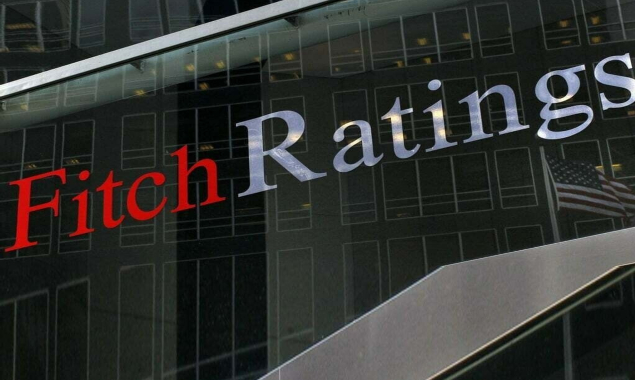NEW YORK: Renowned credit rating agency Fitch Ratings has revised Pakistan’s outlook from “stable” to “negative” after the worsening liquidity and economic situation in the country.
In a statement, Fitch said the revised outlook reflects a significant deterioration in Pakistan’s external liquidity position and financing conditions since early 2022. It affirmed Long-Term Foreign-Currency (LTFC) Issuer Default Rating (IDR) at ‘B-‘.
Fitch hoped that the IMF board will approve Pakistan’s new staff-level agreement, but sees considerable risks to its implementation and continued access to financing after the programme’s expiry in June 2023 in a tough economic and political climate.
Political Risks
Fitch said the renewed political volatility cannot be excluded and could undermine the authorities’ fiscal and external adjustment, as happened in early 2022 and 2018, particularly in the current environment of slowing growth and high inflation.
Former Prime Minister Imran Khan has called on the government to hold early elections and has been organising large-scale protests in cities around the country.
“The new government is supported by a disparate coalition of parties with only a slim majority in parliament. Regular elections are due in October 2023, creating the risk of policy slippage after the conclusion of the IMF programme,” it added.
Reserves under pressure
Fitch said limited external funding and large current account deficits (CADs) have drained foreign exchange (FX) reserves, as the State Bank of Pakistan (SBP) has used reserves to slow currency depreciation.
The liquid net foreign exchange reserves at the SBP declined to about $10 billion or just over one month of current external payments by June 2022, down from about $16 billion a year earlier.
External Deficits
Fitch estimates the Current Account Deficit (CAD) reached $17 billion (4.6% of GDP) in fiscal year ended June 2022 (FY22), driven by soaring global oil prices and a rise in non-oil imports boosted by strong private consumption.
“Fiscal tightening, higher interest rates, measures to limit energy consumption and imports underpin our forecast of a narrowing CAD to USD10 billion (2.6% of GDP) in FY23,” it added.
Policy back on track
Fitch said Pakistan’s ‘B-‘ rating reflects recurring external vulnerability, a narrow fiscal revenue base and low governance indicator scores compared with the ‘B’ median. External funding conditions and liquidity will likely improve with the new staff-level agreement, it added.
Nevertheless, slippage against programme conditions is a risk and could quickly lead to renewed strains, while diminished foreign exchange reserves and high funding needs now leave less room for error. Pakistan’s access to market finance could remain constrained, it added.
Fiscal worsening
Fitch estimates that the fiscal deficit widened to 7.5% of GDP (nearly Rs5 trillion) in FY22, from 6.1% in FY21. Tax reductions and subsidies on fuel and electricity account for most of the fiscal deterioration and these were introduced by the previous government in February and lasted until June.
Fitch expects a narrowing of the deficit to 5.6% of GDP (about Rs4.6 trillion or USD22 billion) in FY23, driven by spending restraint as well as by expanded taxation, including higher corporate and personal income taxes and increases in the petroleum levy. Its forecast of the fiscal deficit is about 1% of GDP wider than the government’s target.
High inflation, monetary tightening
Fitch noted that Consumer price inflation averaged 12.2% in FY22 but accelerated to 21.3% in June on hikes to petrol and electricity prices. The SBP forecast inflation of 18%-20% in FY23, as it raised its policy rate by 125bp to 15%.
Fitch forecasts average inflation of 19% in FY23 and 8% in FY24 largely reflects base effects, but recent and planned future energy price hikes will all fuel broad-based inflation and mean inflation is skewed to the upside.
Overheated Economy, Falling Growth
Preliminary estimates show real GDP growth of 6% for FY22, up from 5.7% in FY21, mostly driven by private consumption, as in FY21, while net exports continued to weigh on growth.
Fitch said this largely reflected a loosening of fiscal policy in FY22, as well as a fairly loose monetary policy despite significant tightening throughout the year.
The SBP estimates that the economy was operating above potential in FY22. Fitch forecast slower growth of 3.5% in FY23 amid fiscal and monetary tightening, high imported inflation, and a weaker external demand outlook, which will also hit household and business confidence.
[embedpost slug=”sbps-foreign-reserves-drop-to-9-7-billion/”]
For the latest BOL Live News, Follow on Google News. Read more on Latest Pakistan News on oldsite.bolnews.com



















